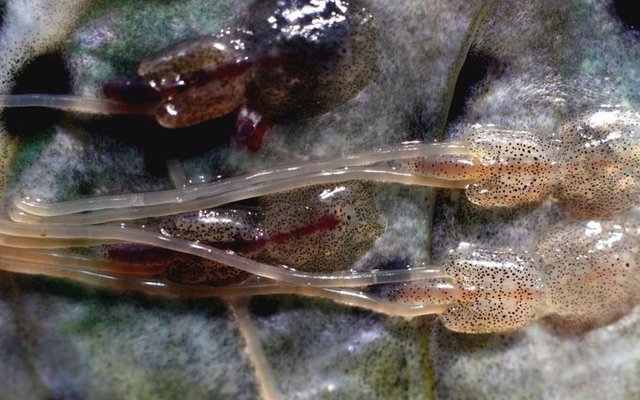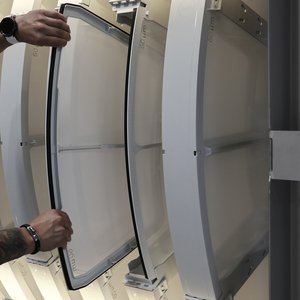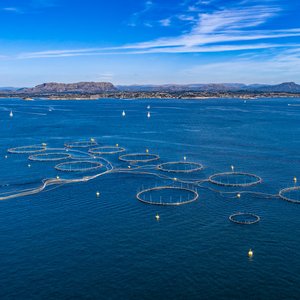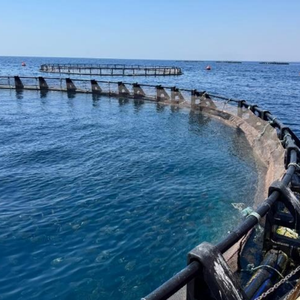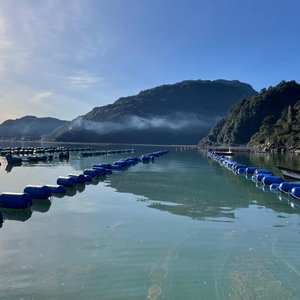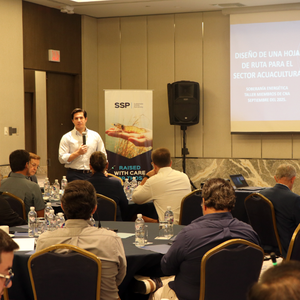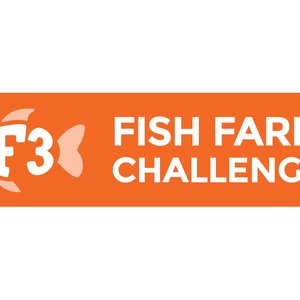Researchers at the University of Bergen have achieved promising results that could contribute to the development of a DNA vaccine against sea lice. The new findings could lead to a more sustainable and animal-friendly way to combat sea lice, and are a step towards a future vaccine.
Sea lice are the biggest challenge facing the aquaculture industry. Current methods for removing lice, such as mechanical delousing and the use of cleaner fish, cause significant stress and mortality among farmed salmon. An effective vaccine could reduce the need for these methods.
A project, funded by FHF and carried out by researchers at the Salmon Lice Research Center (SLRC) at the University of Bergen, is focusing on utilizing the lice's own salivary gland proteins as vaccine candidates. The idea is to teach the salmon's immune system to recognize and combat these proteins, making the salmon more resistant to lice attacks.
“Such a vaccine has the potential to improve the major fish health and welfare challenges associated with current methods of lice control. The project has also contributed to testing technology that can improve the effect of vaccination more generally. The results may therefore have the potential to positively influence today's salmon industry,” said Kjell Maroni, head of science at FHF.
Researchers have made several key discoveries that bring a vaccine closer. They have found that certain changes in the vaccine design, including optimization of the genetic code and the ability to cause the antigen to be secreted from the salmon cells, lead to a better antibody response.
A method of electroporation (small electrical pulses) of the injection site has been adapted for use in salmon. This can increase the uptake of the vaccine into muscle cells and thereby significantly enhance the immune response.
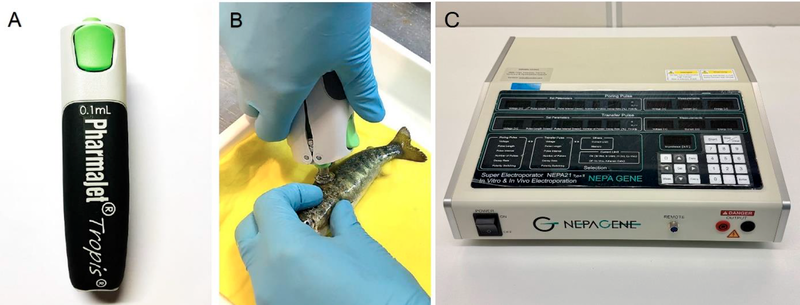
Equipment used to establish an improved injection method for DNA vaccination. A) Needle-less injector: Tropis® ID Jet injector from PharmaJet. B) Use of the Jet injector on a killed salmon pair. C) NEPA21 electroporator from Nepagene.
Moreover, several specific proteins from the salivary glands of the sea lice have been shown to be good vaccine candidates. Several of these proteins can be combined in one vaccine without the salmon experiencing pronounced side effects. This is important as it will likely be necessary to combine several proteins to obtain an effective vaccine.
Most importantly for a lice vaccine, researchers have found specific antibodies in the salmon's mucus after vaccination. This means that the vaccine can provide protection where the lice attack.
Although great progress has been made, there is still work to be done. The next step is to test the efficacy of the polyvalent test vaccine in infection trials, which will be done in the ongoing SaliFilaVax project.
“A well-functioning DNA vaccine will not only significantly reduce costs for the industry, but also contribute to a more animal-friendly and environmentally friendly aquaculture industry,” researchers said.


